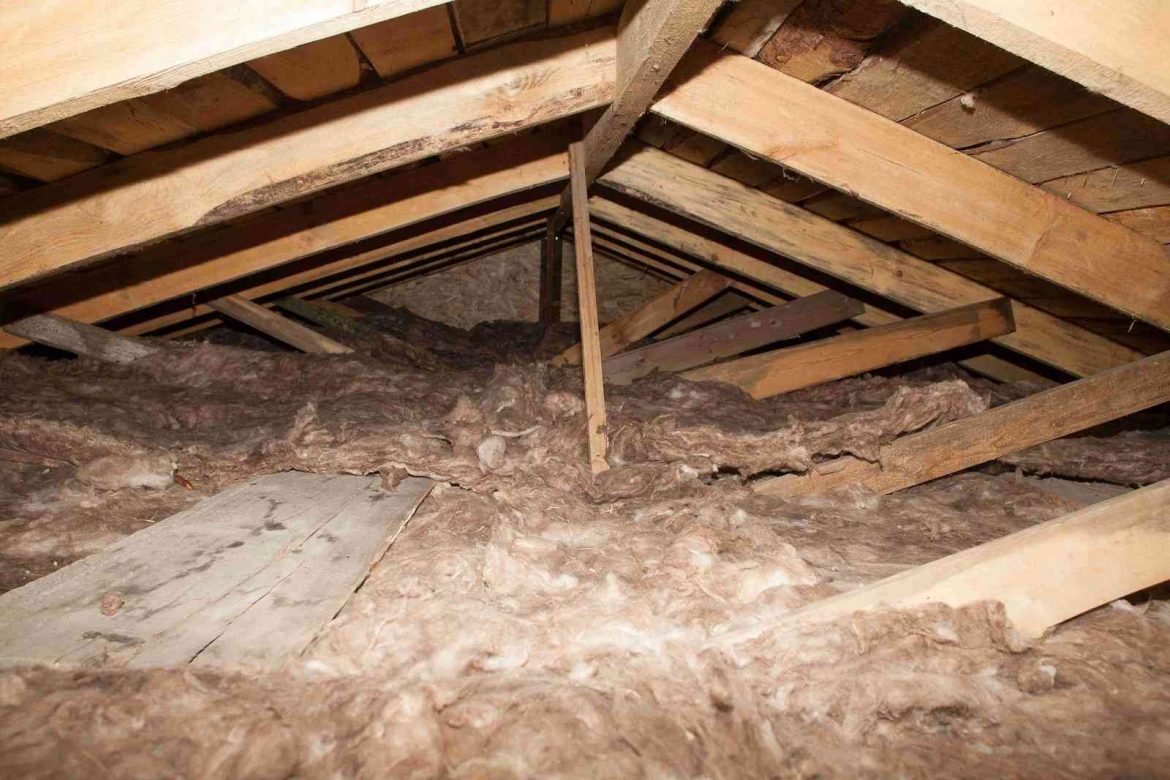When it comes to improving energy efficiency in your home, one area that deserves careful consideration is the attic. Proper insulation can significantly reduce heat loss or gain, leading to lower energy bills and a more comfortable living environment. However, a common dilemma homeowners face is whether to insulate the attic floor or ceiling. In this article, we will delve into the factors to consider and provide expert guidance on making the right decision.
- Understanding the Difference:
Before deciding whether to insulate the attic floor or ceiling, it's essential to understand the difference between the two approaches. Insulating the attic floor involves placing insulation materials between the floor joists, effectively creating a thermal barrier between the living space and the attic. On the other hand, insulating the attic ceiling involves installing insulation materials directly on the underside of the roof, creating a thermal barrier between the attic and the outside environment. - Climate Considerations:
The climate in which your home is located plays a crucial role in determining whether to insulate the attic floor or ceiling. In colder climates, insulating the attic floor is generally recommended. This approach helps to prevent heat loss from the living space below, keeping the home warmer. In warmer climates, insulating the attic ceiling is more beneficial as it helps to prevent heat gain from the hot attic, keeping the living space cooler. - Usage of the Attic Space:
Another factor to consider is how you plan to use the attic space. If your attic is primarily used for storage or remains unoccupied, insulating the attic floor is typically the best option. This ensures that the insulation is placed between the living space and the attic, maintaining a comfortable temperature in the areas below. However, if you plan to convert the attic into a living space, insulating the attic ceiling becomes crucial to create a thermally efficient environment. - Moisture and Ventilation:
Moisture control and proper ventilation are essential considerations when insulating the attic. Insulating the attic floor allows for better moisture control as it helps to prevent warm, moist air from the living space below from reaching the cold attic. Additionally, it allows for proper ventilation, reducing the risk of condensation and mold growth. Insulating the attic ceiling requires careful attention to moisture control and ventilation to prevent moisture buildup and potential damage to the roof structure. - Cost and Accessibility:
The cost and accessibility of the insulation project should also be taken into account. Insulating the attic floor is generally more cost-effective and easier to install since it does not require access to the roof. Insulating the attic ceiling may involve more complex installation procedures and potentially higher costs, especially if the roof structure needs modifications to accommodate the insulation.
Conclusion:
In conclusion, whether to insulate your attic floor or ceiling depends on various factors such as climate, attic usage, moisture control, and cost. Understanding these considerations will help you make an informed decision that maximizes energy efficiency and comfort in your home. Remember to consult with insulation professionals to assess your specific situation and ensure the best outcome for your attic insulation project.


